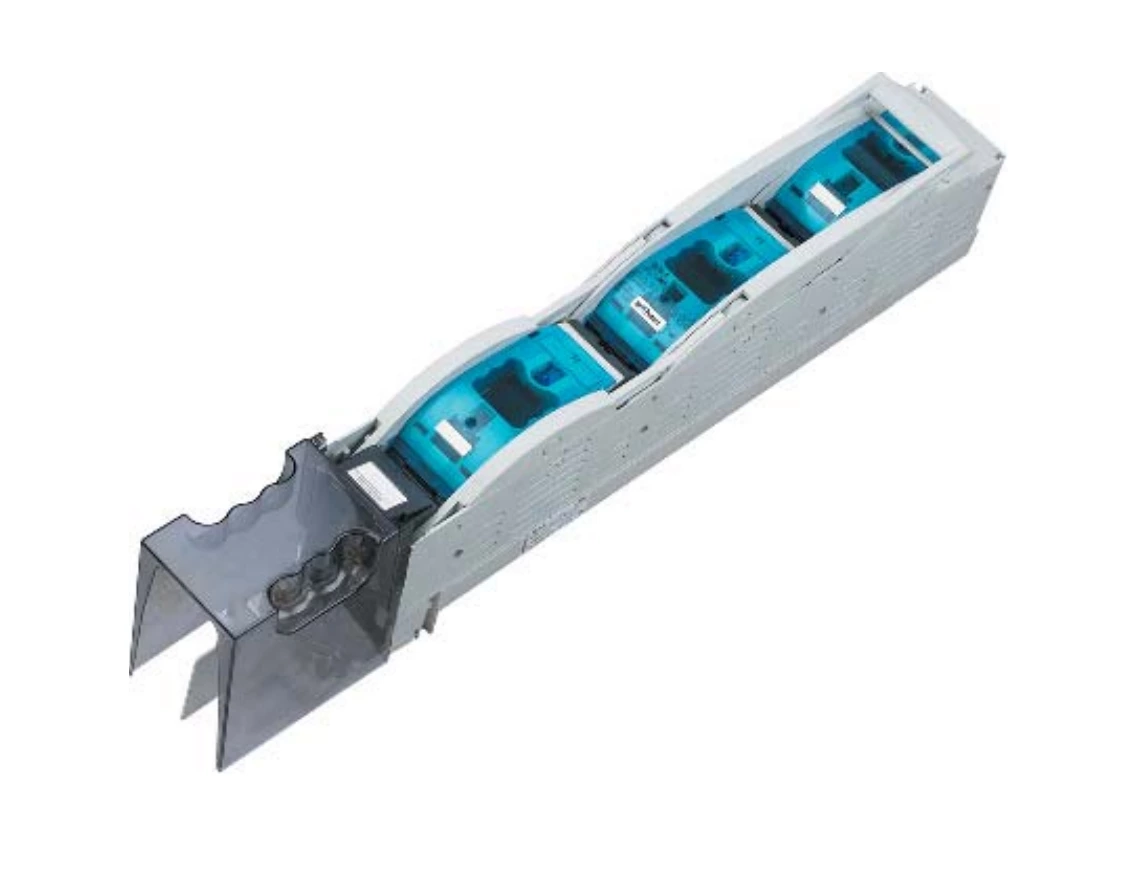How Do Vertical Fuse Disconnect Switches Maintain Continuous And Safe System Operation?
In industrial power distribution environments, the vertical fuse switch disconnector switch plays a crucial role due to its structural design and current path management. Its vertical mounting allows the fuse element and isolating contact to be arranged coaxially, resulting in a simple and direct current path. Internally, the fuse quickly disconnects the main circuit under overload or short-circuit conditions, and then the isolating contact separates under de-energized conditions, forming a clear air gap to maintain electrical separation between different sections of the system.
The nhrt40 vertical fuse switch disconnector switch body employs a spring energy storage mechanism, ensuring rapid contact disconnection after handle operation, thus enhancing its ultimate current capacity and short-circuit breaking capacity. The metal contacts are made of highly conductive materials, and the contact surfaces undergo special processing to reduce heat buildup and contact resistance. The vertical structure also simplifies the arc current path, preventing arcing or diffusion within the switch.
During maintenance, the switch housing and operating mechanism maintain a modular design, allowing for independent replacement of fuse modules. The monitoring mechanism provides feedback on the actual contact status through a position indicator window or auxiliary contacts, facilitating quick confirmation of the disconnection status by maintenance personnel. Vertical fuse disconnect switches are therefore a key link in maintaining the system's safety and preventing breakage within the triple mechanism of disconnection, isolation, and monitoring.

